How to test HTTP/3 and QUIC with Firefox Nightly
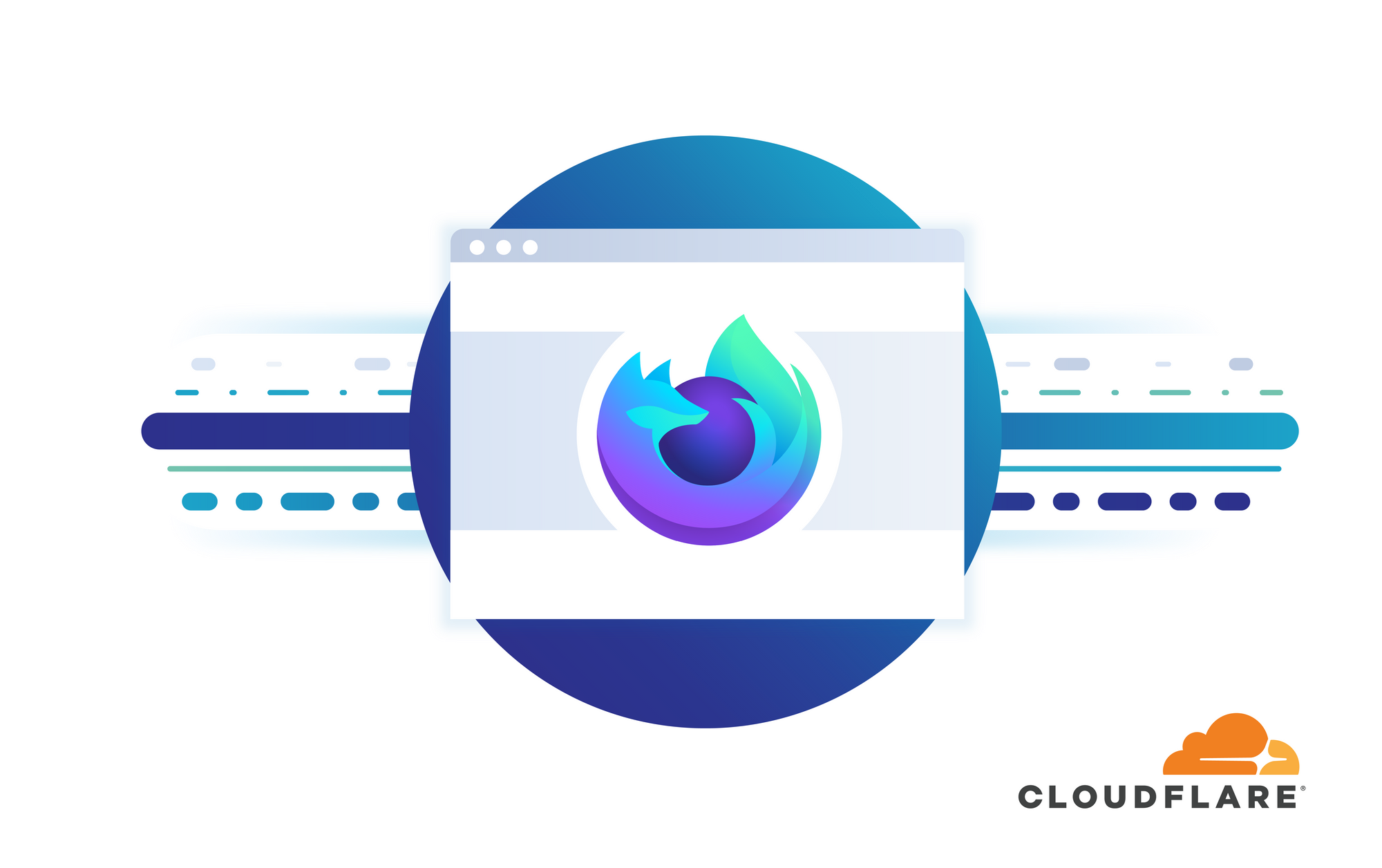
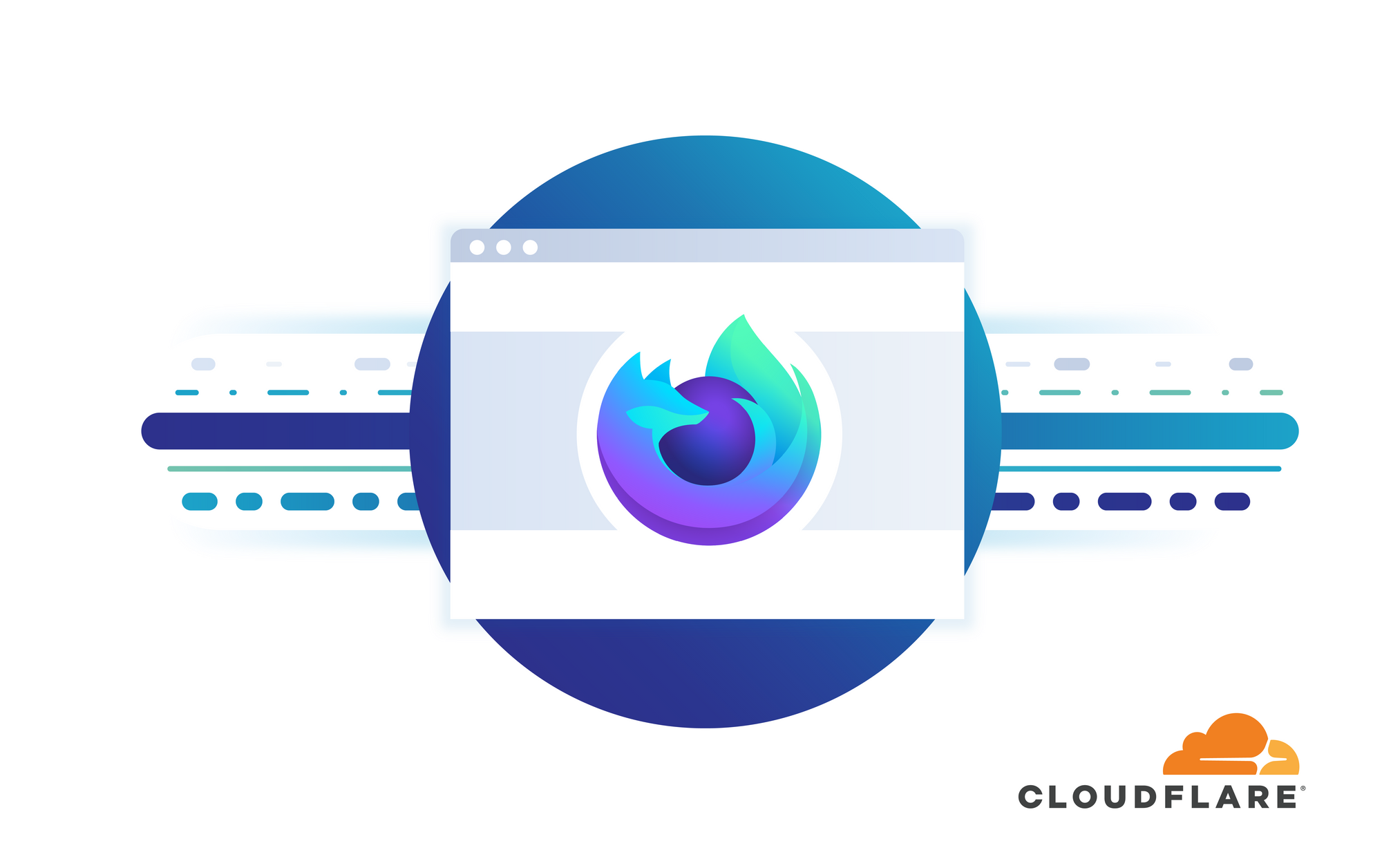
HTTP/3 is the third major version of the Hypertext Transfer Protocol, which takes the bold step of moving away from TCP to the new transport protocol QUIC in order to provide performance and security improvements.
During Cloudflare's Birthday Week 2019, we were delighted to announce that we had enabled QUIC and HTTP/3 support on the Cloudflare edge network. This was joined by support from Google Chrome and Mozilla Firefox, two of the leading browser vendors and partners in our effort to make the web faster and more reliable for all. A big part of developing new standards is interoperability, which typically means different people analysing, implementing and testing a written specification in order to prove that it is precise, unambiguous, and actually implementable.
At the time of our announcement, Chrome Canary had experimental HTTP/3 support and we were eagerly awaiting a release of Firefox Nightly. Now that Firefox supports HTTP/3 we thought we'd share some instructions to help you enable and test it yourselves.
How do I enable HTTP/3 for my domain?
Simply go to the Cloudflare dashboard and flip the switch from the "Network" tab manually:

Using Firefox Nightly as an HTTP/3 client
Firefox Nightly has experimental support for Continue reading
Create a Windows 10 bootable USB on MacOS
If you have Parallels use that to create a Windows 10 VM and use Windows Media Creator to create the bootable USB. I recently built a PC that I intend to use for gaming and recording content on and I want to use Windows 10 as the operating system. I only had a Macbook and needed to create...Beyond the Usual: Challenges, Opportunities, and Insights in Asia-Pacific
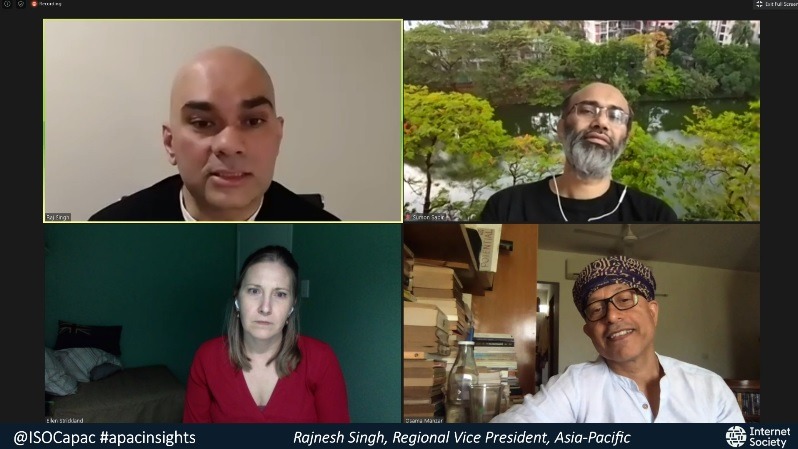
Last month, we held our inaugural APAC Insights. The idea behind this is to bring together thought leaders and subject matter experts to discuss issues related to the Internet and its use in the Asia-Pacific.
However, the intention is not to make this another run-of-the-mill talk shop – rather, we want this to be a forum that shares and contrasts experiences, explores challenges and opportunities in a pragmatic way, and provides attendees insights into the issues beyond the usual.
With the global pandemic causing major disruptions to our professional and personal lives, the topic for the first APAC Insights zoomed in on the role the Internet has played in helping communities deal with the coronavirus pandemic.
Speakers from across the region – representing the world’s largest Internet shutdown to the world’s strictest – discussed initiatives that worked well and those that didn’t work so well, and the critical role of the Internet in rolling out these initiatives. During a Q&A segment, attendees had the opportunity to ask the speakers questions.
One of the key points made was that even though the Asia-Pacific is regarded as a mobile-first region, the shutdowns demonstrated (in some countries in particular) how fragile connectivity can Continue reading
The Network is not Free: The Case of the Connected Toaster
Latency is a big deal for many modern applications, particularly in the realm of machine learning applied to problems like determining if someone standing at your door is a delivery person or a … robber out to grab all your smart toasters and big screen television. The problem is networks, particularly in the last mile don’t deal with latency very well. In fact, most of the network speeds and feeds available in anything outside urban areas kindof stinks. The example given by Bagchi et al. is this—
A fixed video sensor may generate 6Mbps of video 24/7, thus producing nearly 2TB of data per month—an amount unsustainable according to business practices for consumer connections, for example, Comcast’s data cap is at 1TB/month and Verizon Wireless throttles traffic over 26GB/month. For example, with DOCSIS 3.0, a widely deployed cable Internet technology, most U.S.-based cable systems deployed today support a maximum of 81Mbps aggregated over 500 home—just 0.16Mbps per home.
Bagchi, Saurabh, Muhammad-Bilal Siddiqui, Paul Wood, and Heng Zhang. “Dependability in Edge Computing.” Communications of the ACM 63, no. 1 (December 2019): 58–66. https://doi.org/10.1145/3362068.
The authors claim a lot of the problem here is just Continue reading
BiB095 – On New and Old Normal in IT Infrastructure
There was not an 'old normal' and there won't be a 'new normal'. Don't be fuddled about this.BiB095 – On New and Old Normal in IT Infrastructure
There was not an 'old normal' and there won't be a 'new normal'. Don't be fuddled about this.
The post BiB095 – On New and Old Normal in IT Infrastructure appeared first on Packet Pushers.
Network Break 290: HPE Unveils Edge-To-Cloud Strategy; Anuta, Juniper Partner On Automation
Take a Network Break! We cover HPE's virtual Discover event, including news on Greenlake and Ezmeral. LiveAction extends its portfolio with cloud monitoring, Anuta and Juniper partner around network automation, VMware releases a private beta of VMC on Oracle Cloud, and more tech news.
The post Network Break 290: HPE Unveils Edge-To-Cloud Strategy; Anuta, Juniper Partner On Automation appeared first on Packet Pushers.
Network Break 290: HPE Unveils Edge-To-Cloud Strategy; Anuta, Juniper Partner On Automation
Take a Network Break! We cover HPE's virtual Discover event, including news on Greenlake and Ezmeral. LiveAction extends its portfolio with cloud monitoring, Anuta and Juniper partner around network automation, VMware releases a private beta of VMC on Oracle Cloud, and more tech news.The Week in Internet News: Google to Pay Some News Publishers

News isn’t free: Google has announced it will pay some news publishers in a “new news experience” it is rolling out later this year, TechCrunch reports. News outlets in Germany, Australia, and Brazil are among the first group of publishers that have signed on. The goal is to “help participating publishers monetize their content through an enhanced storytelling experience that lets people go deeper into more complex stories, stay informed and be exposed to a world of different issues and interests,” Google says.
AI in HR: Japanese companies are turning to artificial intelligence to help hire employees, Japan Times says. SoftBank says it has cut labor time by 75 percent by using AI to sift through tens of thousands of resumes. Still, some companies are concerned about AI giving them inappropriate or discriminatory decisions.
Attacking encryption: Three U.S. Senators have introduced legislation that would require tech companies to help law enforcement agencies defeat end-to-end encryption, PC Mag reports. The Republican bill would allow courts to order companies to bypass encryption when police agencies request it.
More broadband for all: In the meantime, a group of U.S. representatives has introduced legislation to spend $100 billion to deploy fiber-based broadband Continue reading
Catching up with Workers KV
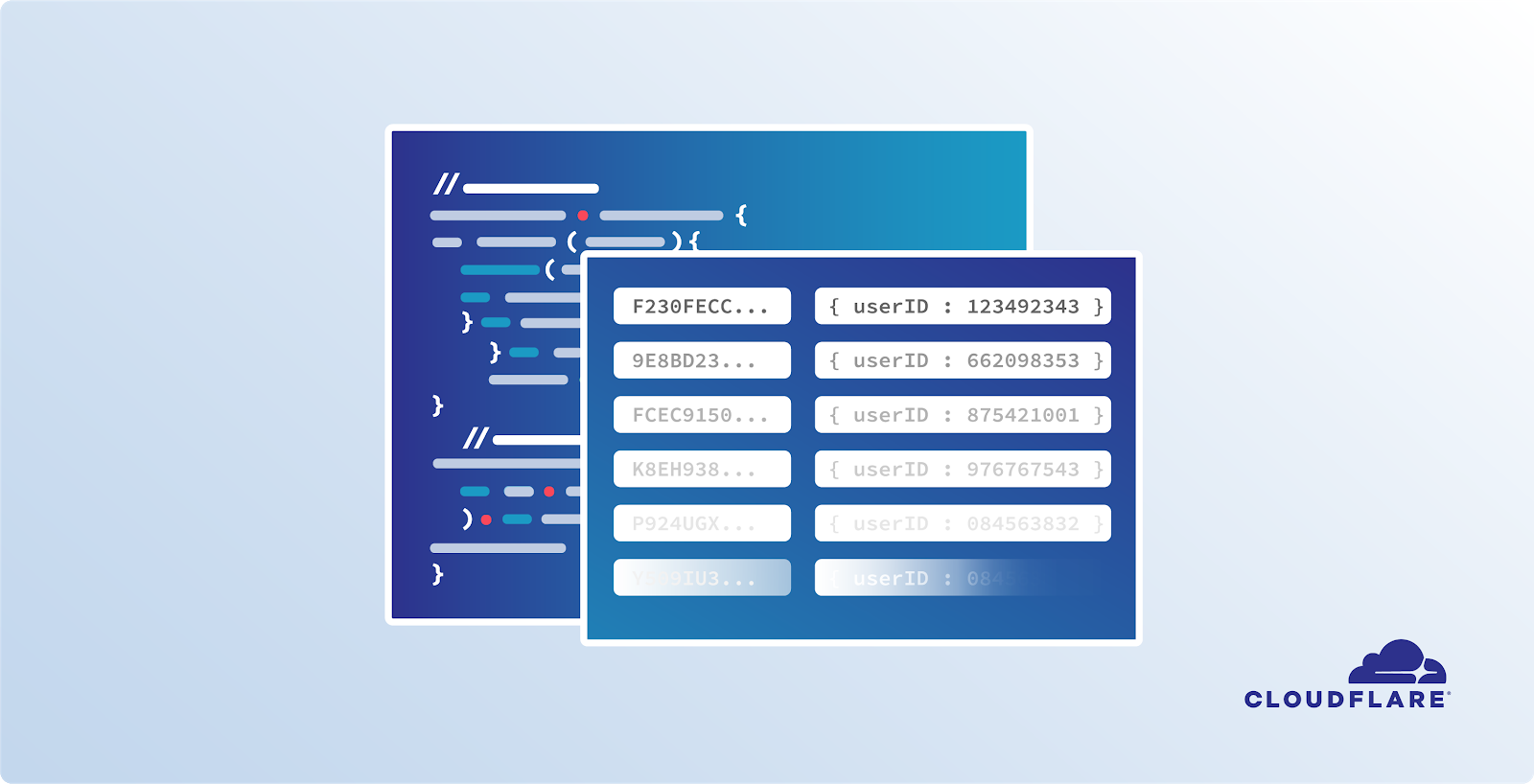
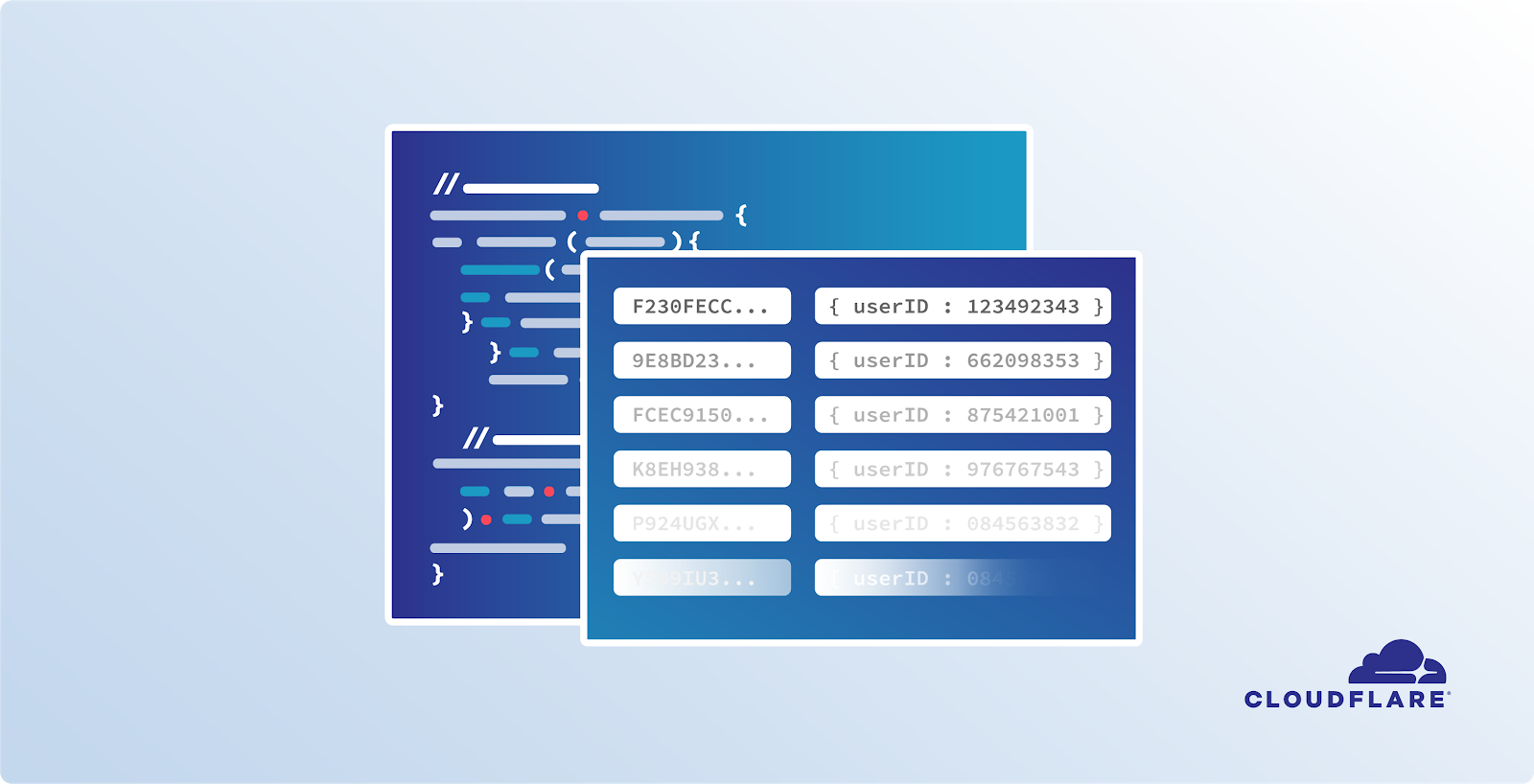
The Workers Distributed Data team has been hard at work since we gave you an update last November. Today, we’d like to share with you some of the stuff that has recently shipped in Workers KV: a new feature and an internal change that should significantly improve latency in some cases. Let’s dig in!
KV Metadata
Workers KV has a fairly straightforward interface: you can put keys and values into KV, and then fetch the value back out by key:
await contents.put(“index.html”, someHtmlContent);
await contents.put(“index.css”, someCssContent);
await contents.put(“index.js”, someJsContent);
// later
let index = await contents.get(“index.html”);
Pretty straightforward. But as you can see from this example, you may store different kinds of content in KV, even if the type is identical. All of the values are strings, but one is HTML, one is CSS, and one is JavaScript. If we were going to serve this content to users, we would have to construct a response. And when we do, we have to let the client know what the content type of that request is: text/html for HTML, text/css for CSS, and text/javascript for JavaScript. If we serve the incorrect content type to Continue reading
CEX (Code EXpress) 11. Working with files and parsing CSV.
Hello my friend,
With this post we start the second series of the Code EXpress (CEX) blogposts covering Python (namely, Python 3.8) basics for the network engineers. Previously we have covered the most simple elements and heading now to more complex scenarios.
Automation for networks and not only
Knowing how to improve the efficiency of your network or IT operation via applying some of the automation techniques with Ansible or Python is getting more and more important.

Boost up your skills with the industry best network automation training covering the details of the NETCONF/YANG, REST API with Bash, Ansible and Python for managing network devices from Cisco, Nokia, Arista and Cumulus. Besides you get the Linux management skills, as well as network virtualisation (KVM) and containerisation (Docker).
What are we going to do today?
In today’s blogpost we are going to cover the basics of the working with file in Python. Despite there are multiple ways how you can do, we will share, we believe, one of the most popular and convenient way:
- Using context manager with … as … you will open the CSV file in your Python script.
- Using Continue reading
Anatomy of the “kubernetes.default”
Every Kubernetes cluster is provisioned with a special service that provides a way for internal applications to talk to the API server. However, unlike the rest of the components that get spun up by default, you won’t find the definition of this service in any of the static manifests and this is just one of the many things that make this service unique.
The Special One
To make sure we’re on the same page, I’m talking about this:
$ kubect get svc kubernetes -n default
NAME TYPE CLUSTER-IP EXTERNAL-IP PORT(S) AGE
kubernetes ClusterIP 10.96.0.1 <none> 443/TCP 161m
This service is unique in many ways. First, as you may have noticed, it always occupies the first available IP in the Cluster CIDR, a.k.a. --service-cluster-ip-range.
Second, this service is invincible, i.e. it will always get re-created, even when it’s manually removed:
$ kubectl get svc
NAME TYPE CLUSTER-IP EXTERNAL-IP PORT(S) AGE
kubernetes ClusterIP 10.96.0.1 <none> 443/TCP 118s
$ kubectl delete svc kubernetes
service "kubernetes" deleted
$ kubectl get svc
NAME TYPE CLUSTER-IP EXTERNAL-IP PORT(S) AGE
kubernetes ClusterIP 10.96.0.1 <none> 443/TCP 0s
You may notice that it comes up with the Continue reading
Jinja2 Tutorial – Part 3 – Whitespace control
Text documents are the final result of rendering templates. Depending on the end consumer of these documents whitespace placement could be significant. One of the major niggles in Jinja2, in my opinion, is the way control statements and other elements affect whitespace output in the end documents.
To put it bluntly, mastering whitespaces in Jinja2 is the only way of making sure your templates generate text exactly the way you intended.
Now we know the importance of the problem, time to understand where it originates, to do that we’ll have a look at a lot of examples. Then we'll learn how we can control rendering whitespaces in Jinja2 templates.
Jinja2 Tutorial series
- Jinja2 Tutorial - Part 1 - Introduction and variable substitution
- Jinja2 Tutorial - Part 2 - Loops and conditionals
- Jinja2 Tutorial - Part 3 - Whitespace control
- Jinja2 Tutorial - Part 4 - Template filters
- Jinja2 Tutorial - Part 5 - Macros
- Jinja2 Tutorial - Part 6 - Include and Import
- J2Live - Online Jinja2 Parser
Contents
Weekend Reads 062620
A little late, but still…
As a search engine optimization (SEO) and domain name consultant, one of the questions I get asked most often about domain names is whether or not the domain name or TLD (Top-Level Domain) matters. Will the domain name ending have an effect on SEO or search engine rankings. Are certain domain name endings preferred by the search engines over other domain name extensions? I decided to answer this question based on search engine optimization testing and not just on my Continue reading
USB to Serial Console from MacOS
How to connect to a serial port via a USB to serial adapter from MacOS.ServiceNow Boosts Data Centre Capacity in Europe
ServiceNow is increasing investment in its data centre infrastructure by developing new facilities...